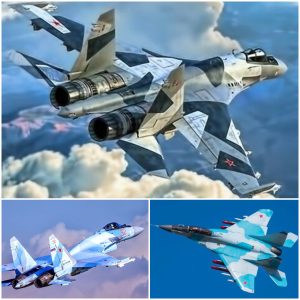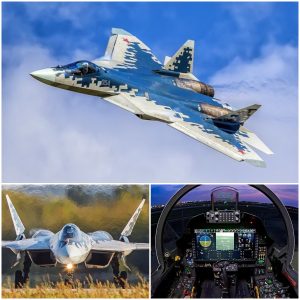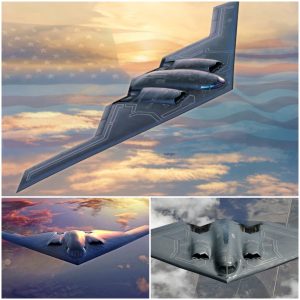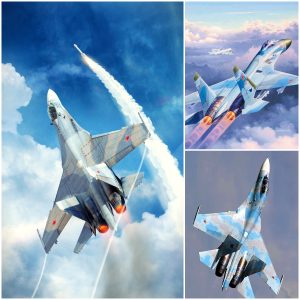The KA-52: A Formidable Adversary Against Ukraine’s Tanks
In the ongoing conflict in Ukraine, the KA-52 helicopter has emerged as a nightmare for the country’s armored units. This formidable machine, developed by Russia, boasts a range of features that make it a lethal adversary on the battlefield.
One of the KA-52’s most significant advantages is its firepower. Equipped with a 30mm cannon, rockets, and anti-tank guided missiles, it possesses the capability to engage tanks and other armored vehicles from long distances with precision and devastating effect. This versatile arsenal allows the KA-52 to swiftly neutralize enemy armor threats, turning the tide of battle in favor of its operators.
Moreover, the KA-52’s advanced avionics and targeting systems provide unparalleled situational awareness to its crew. With sophisticated sensors and radar systems, it can detect and track multiple targets simultaneously, enabling rapid and accurate engagement even in challenging environments. This capability not only enhances its effectiveness against ground targets but also allows it to detect and engage threats from the air, making it a formidable opponent for both ground and air adversaries.
Furthermore, the KA-52’s agility and maneuverability make it a difficult target for enemy air defenses. With its sleek design and powerful engines, it can operate at high speeds and altitudes, allowing it to evade enemy fire and strike with precision. This capability grants it the flexibility to conduct a wide range of missions, including reconnaissance, close air support, and anti-tank operations, with unparalleled effectiveness.

In addition to its combat capabilities, the KA-52 also benefits from robust logistical support and maintenance infrastructure. This ensures high operational readiness rates, allowing it to remain on standby for extended periods and respond rapidly to emerging threats on the battlefield.
However, despite its impressive capabilities, the KA-52 is not without its vulnerabilities. As with any military asset, it relies on effective command and control, intelligence, and logistical support to operate at its full potential. Moreover, advancements in anti-aircraft technology and tactics by Ukrainian forces pose a constant challenge to its effectiveness on the battlefield.
In conclusion, the KA-52 helicopter represents a formidable threat to Ukraine’s tanks and armored units, thanks to its firepower, advanced avionics, agility, and logistical support. As the conflict in Ukraine continues to evolve, the role of the KA-52 in shaping the outcome of battles is likely to remain significant, highlighting the importance of understanding and countering its capabilities for both Ukrainian and international military strategists.






